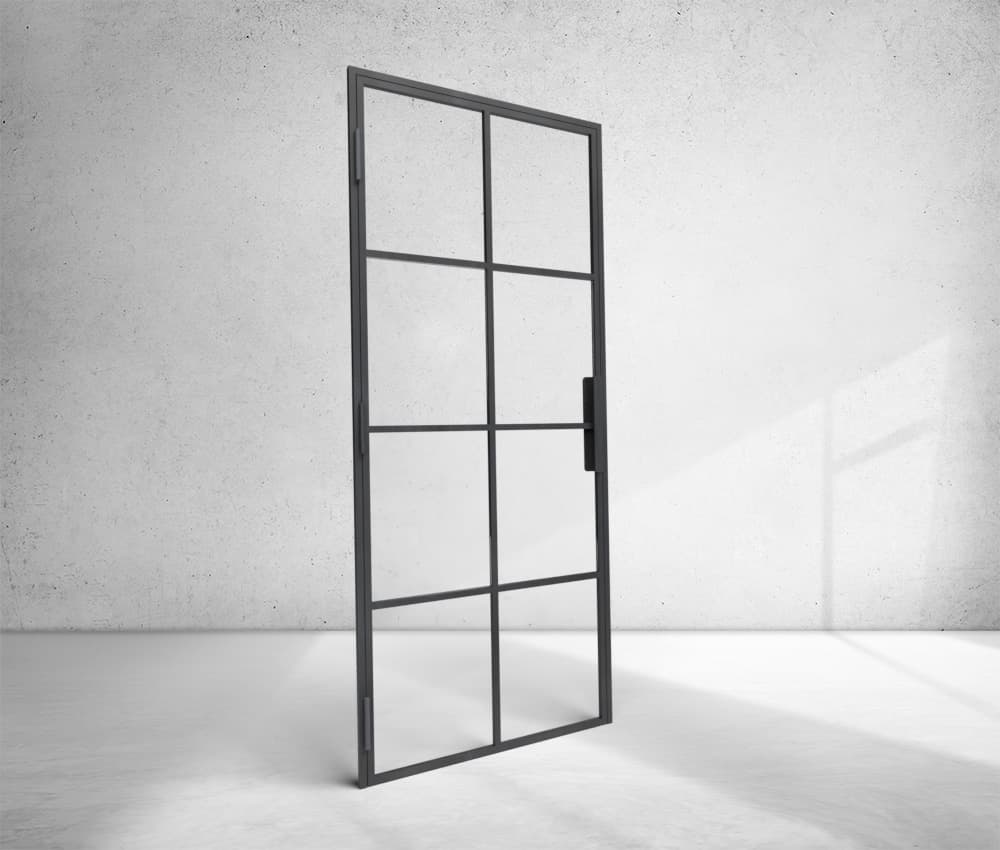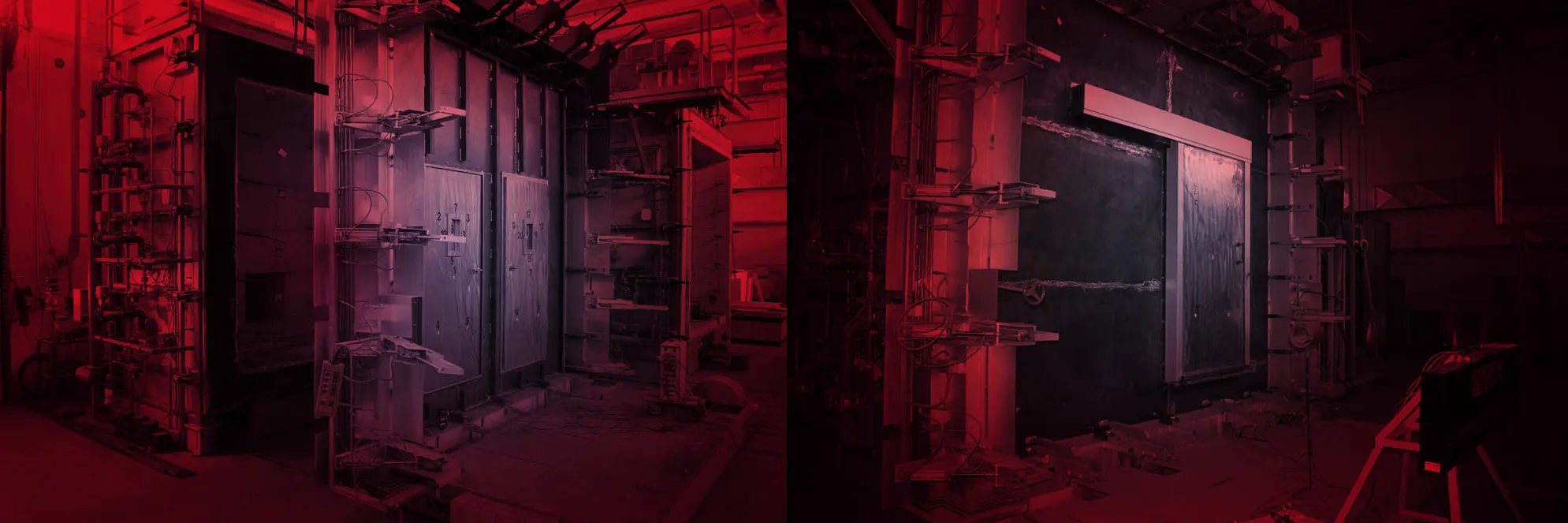
EMI-RFI Shielding Security Doors
Our EMI-RFI shieldingn doors have been designed and tested to reduce the passage of electromagnetic waves.
RC4
EI30s EI60s
CE certified
Internally reinforced
Anti-corrosion coating
C4, C5 Class locks
Sound insulation
Our doors are shipped worldwide on an FOB basis

EMI-RFI Shielding Security Doors
Our EMI-RFI Shielding doors have been designed and tested to reduce the passage of electromagnetic waves. This is accomplished by using materials and manufacturing methods that block or absorb electromagnetic waves.
These doors are commonly used in facilities that require a high level of electromagnetic shieldings, such as laboratories, data centres and other sensitive electronic environments. They are also used in the military, aerospace and medical industries, where electromagnetic compatibility is a must.
Declared properties:
Electromagnetic attenuation in the frequency range from 10 MHz to 1 GHz for the electric component:
Measured during testing at 47 dB
Declared 40 dB.
These doors are commonly used in facilities that require a high level of electromagnetic shieldings, such as laboratories, data centres and other sensitive electronic environments. They are also used in the military, aerospace and medical industries, where electromagnetic compatibility is a must.
Declared properties:
Electromagnetic attenuation in the frequency range from 10 MHz to 1 GHz for the electric component:
Measured during testing at 47 dB
Declared 40 dB.
Our security doors are bespoke
The price fluctuates based on door sizes, project location, technical specifications, and specific customer preferences regarding integration with the access control system. These are just a few factors to consider. For a precise price estimate, please fill out the form below.
Request from Contractor - High Security Doors
Installation
Send Request
Certification
Adherence to EN standards is expected in all commercial projects. Our security doors are tested and certified according to European Union norms.
- Fire Resistance
- According to EN 16034: 2014
- Burglar Resistance Classification
- According to EN 1627: 2012
- Multiple closing and opening
- According to EN 12400: 2004
- Corrosion resistance
- According to EN ISO 12944-2: 2001
- Water tightness
- According to EN 12208: 2001
- Sound insulation
- According to EN ISO 717-1: 1999
- Thermal permeability
- According to EN ISO10077-1: 2007
- Operational forces
- According to EN 12217: 2005
- Mechanical strength
- According to EN 1192: 2001

